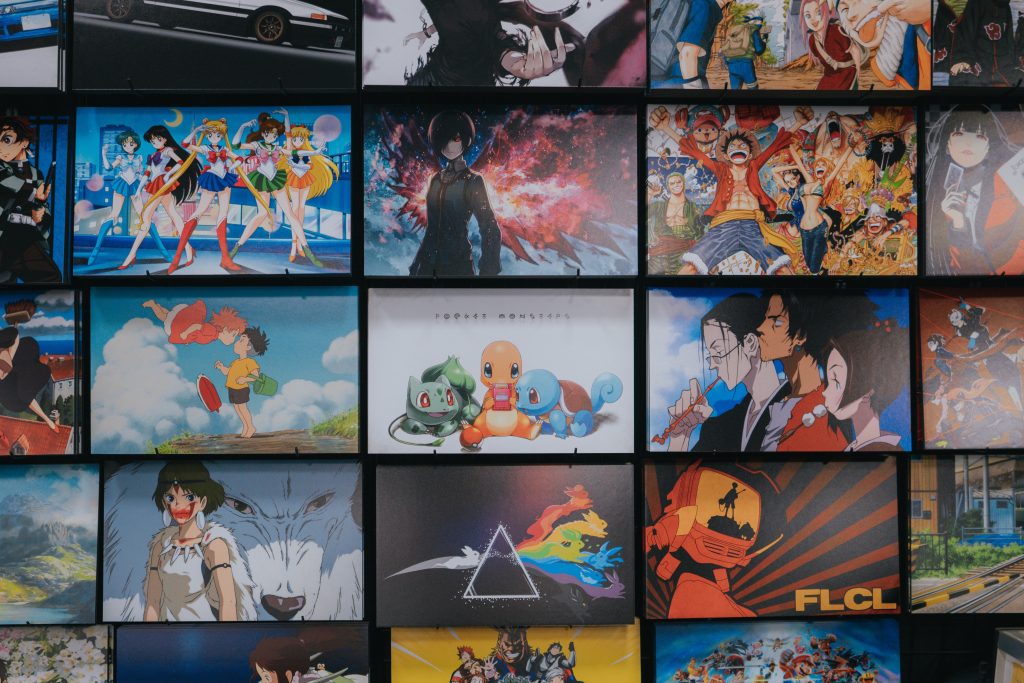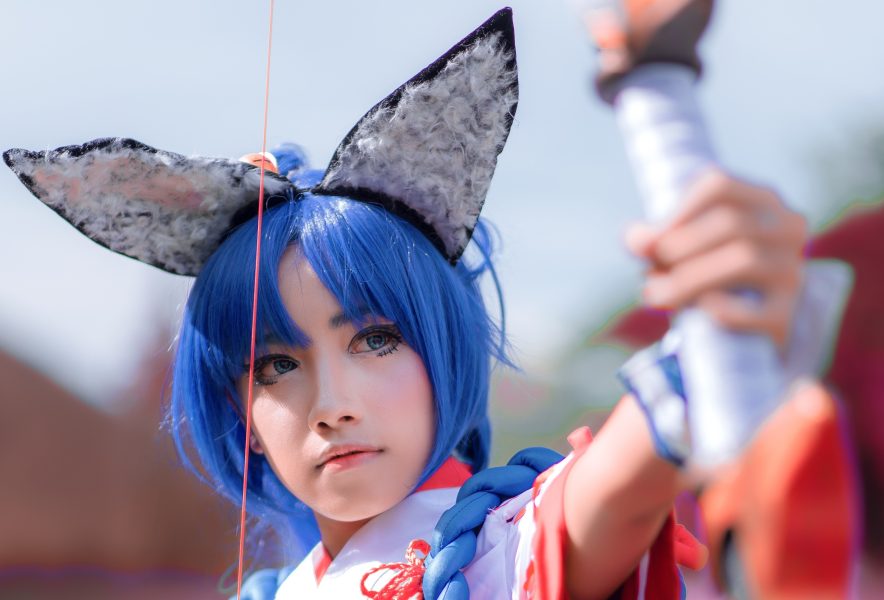Japonism was a Japanese cultural fad in Europe during the late 19th and early 20th centuries. It had a major influence on artists and the widespread appreciation of arts and crafts.
Culture of Manga and Anime is just like those of Ukiyo-e
Today, nearly 100 years later, Japanese anime, video games, fashion, and cosplay have spread around the world and have come to be known as “Cool Japan”. Japonism continues to be influential in the field of art and culture as the originator of “Cool Japan,” and is the cornerstone of Japanese traditional and contemporary culture around the world.
Katsumi Miyazaki (Professor at Showa University of Music), who is a scholar of Japanese art but also has a deep knowledge of Western art, appreciates the significant influence of Japonism on Western art and offers many insights into its significance.
One of them is that Japonism brought a new perspective to Western art and expanded the possibilities of artistic expression. Another important aspect is that Japonism served as a point of contact between Western and Japanese cultures and promoted mutual understanding between the two.
Miyazaki also notes that recent years have seen a renewed interest in “Japan” triggered by youth-oriented genres such as manga, anime, and video games.

He points out that the current Japan boom is essentially similar to the Japonism of the past: “Manga, anime, and games belong to the subculture, just like Ukiyo-e and printed books of the 19th century, and they were originally absorbed by the Japanese people themselves. Even though Japanese were not aware of the fact that their works were not intended for the outside world, they spread overseas and became popular. Ukiyo-e and manga are both subcultures, which means that they are based on convenient and easy-to-circulate media such as prints and printings, and they contain playfulness, humor and ‘kawaii’, with little ideology.
(Miyazaki Katsumi[2018]. Japonism: Japan as a Fad. Kodansha).
Miyazaki further noted that while he is interested in what will emerge overseas inspired by this “neo-Japonism,” he also noted that “some things have already changed a part of our lives, spreading instantly around the world via the Internet media. However, he thinks that, due to this immediacy, it seems that the connotation of “Japan” will be lost, become stateless, and end up being a “neo-Japonism” earlier than the Japonism of the past.

See episode1: What is Japonism? How did it influence European art and culture?
See episode2: Japonism and European Art: Ogata Korin and Gustav Klimt

